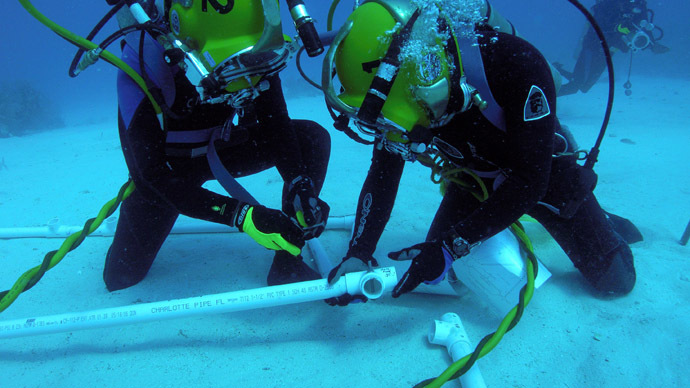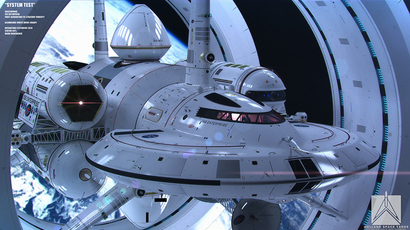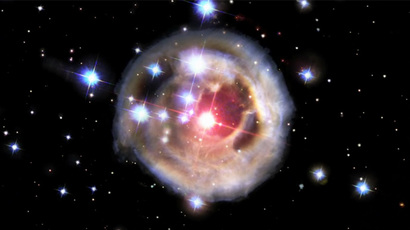NASA’s ‘aquanauts’ to live underwater to test new tech

NASA will test out new space exploration technology – including some used for asteroid landings – by having its teams live on the ocean floor off Florida coast for extended periods of time in two upcoming summer missions.
The so-called ‘aquanauts’ will only get down to about 19 meters below, but that is enough to perform the crucial task of assessing new gear that will help the agency’s astronauts live in orbit more comfortably and even assist future asteroid landings and explorations.
The missions will include extra-vehicular activities (EVAs), simulated spacewalks and other activities – all performed underwater, about 10km off the coast of Key Largo, Florida.
Aside from the primary objectives, the assignments will also test for health and behavioral issues, as well as evaluate the usefulness of ‘telementoring’, in which the astronaut is given instructions by voice or video.
The Extreme Environment Mission Operations program (NEEMO) has taken charge of organizing the upcoming missions. Its project Manager at the Johnson Space Center in Houston, Bill Todd, has admitted to journalists in a statement that, “It is both challenging and exciting for our astronaut crews to participate in these undersea missions in preparation for spaceflight.”
Todd explained that only the closest-matching conditions that accurately replicate the conditions astronauts are to face in space are good enough for the task, as “the extreme environment of life undersea is as close to being in space as possible.”
The EVAs, according to NASA officials commenting on the NEEMO 18 and NEEMO 19 missions, will “focus on evaluating man-machine work systems and EVA tools and techniques for exploration tasks in varying levels of gravity ranging from that of asteroids to the gravity of Martian moons and Mars itself.”
The NASA missions will actually be an international effort comprising Japanese, European and Canadian astronauts from their respective space agencies – all professionals and occupying key positions in their scientific fields.















